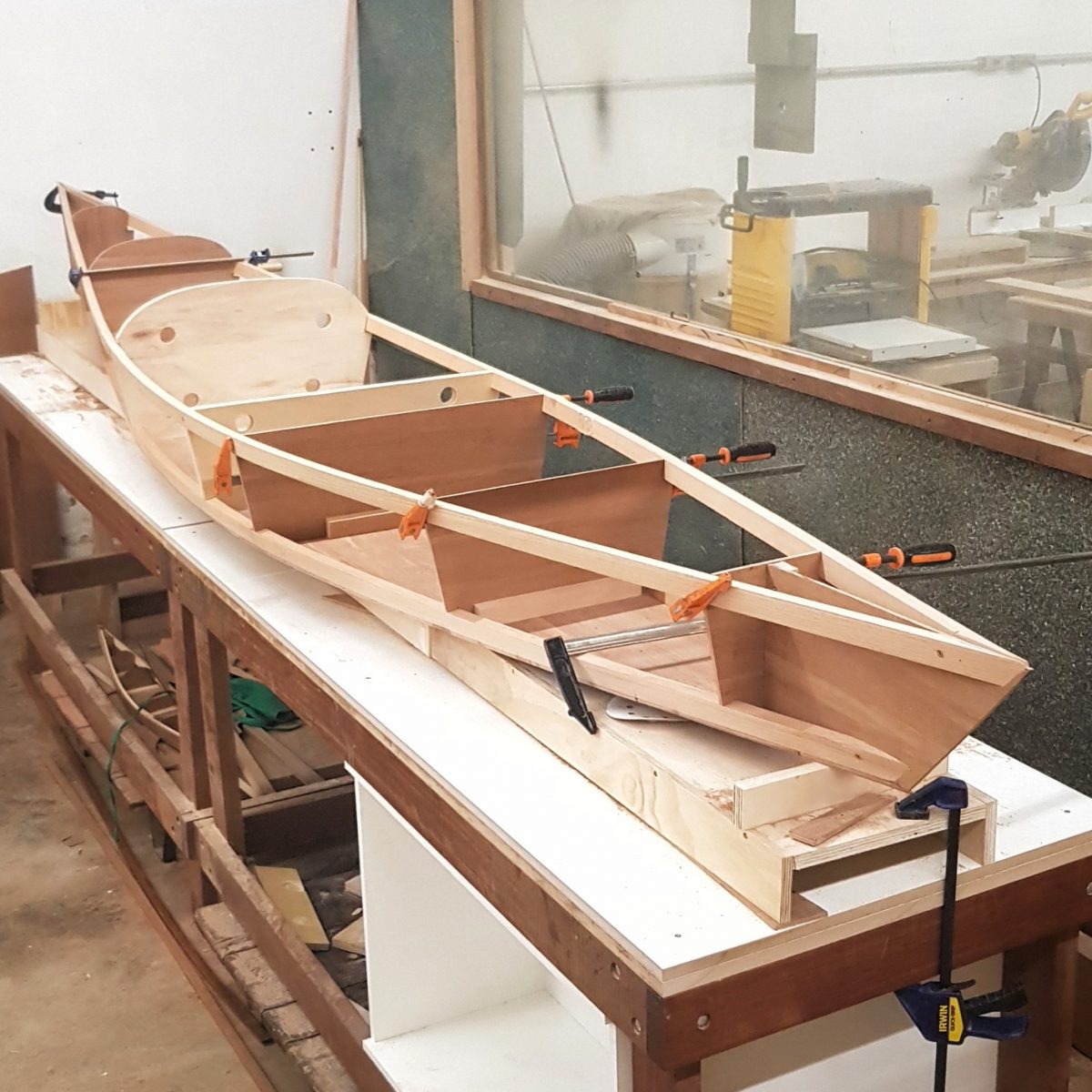
DIY Wooden Kayak Plans: Step-by-Step Construction and Design
Hey there, fellow water enthusiast! Ever dreamt of building your own kayak? It's not as daunting as it might seem. With some dedication, the right tools, and these detailed plans, you can craft a beautiful and functional wooden kayak that'll be the envy of everyone on the lake. Let's embark on this exciting journey together, step by step.
Designing Your Dream Kayak
Before diving into the woodworking, let's sketch out the kayak of your dreams. This is your chance to personalize it, making it a perfect fit for your paddling style and adventures. Here's what you need to consider:
Length and Width:
The length determines the kayak's speed and tracking, while width influences stability. A longer, narrower kayak will be faster and track better in a straight line, ideal for long distances. A shorter, wider kayak offers more stability, perfect for leisurely paddling and fishing. Consider your paddling experience and desired usage.
Hull Shape:
The hull shape affects the kayak's maneuverability and stability. Choose from classic designs like the Greenland kayak, which excels in rough waters, or the sleek racing kayak, designed for speed. Remember, each hull shape brings its own advantages and disadvantages.
Cockpit Size and Location:
The cockpit should be comfortable, allowing for freedom of movement and a secure fit. Consider your height and build when designing the cockpit size and location. You'll want enough room for your legs and torso, without feeling cramped.
Features:
Think about additional features like a backrest, foot braces, or even a dry storage hatch for your valuables. These features add to the comfort and practicality of your kayak. Remember to sketch them into your design and plan for their implementation during construction.
Gather Your Materials and Tools
Having the right materials and tools at your disposal is key to a successful build. Here's a list of essentials:
Wood:
Choose a strong, lightweight wood like cedar, mahogany, or spruce. These woods are naturally resistant to water damage and offer a beautiful aesthetic. Consider using marine-grade plywood for the deck and bottom, ensuring a durable and watertight hull.
Epoxy Resin and Hardener:
Epoxy resin is essential for sealing and strengthening the wooden structure. Choose a marine-grade epoxy that can withstand water exposure and UV rays.
Fiberglass Cloth:
Fiberglass cloth acts as reinforcement, adding strength and rigidity to the kayak's hull. Choose a lightweight fiberglass cloth suitable for boat building.
Woodworking Tools:
You'll need a table saw, band saw, drill, jigsaw, and various hand tools. These will help you cut, shape, and assemble the wooden components accurately.
Other Essential Tools:
Don't forget about clamps, sanding tools, measuring tape, a level, and a good set of safety gear, including gloves, goggles, and dust masks.
Constructing the Kayak
Now, let's dive into the hands-on part. This step-by-step guide will lead you through the construction process:
1. Build the Framework:
Start by building the kayak's frame, which provides the basic structure for the hull. This often involves creating ribs, stringers, and a keel. You can use pre-cut wooden strips or create your own from lumber. Remember to carefully follow the plans and ensure accurate measurements and angles.
2. Build the Planking:
Once the frame is complete, start planking the hull. This involves attaching wooden strips or sheets to the frame, creating the kayak's smooth exterior. You can use traditional wood-to-wood joining techniques or employ epoxy and fiberglass for a stronger bond. Be meticulous in ensuring smooth transitions and even spacing.
3. Shape and Sand the Hull:
After attaching the planking, you'll need to shape the hull to your desired design. This involves using hand planes, sanders, and other tools to refine the curves and lines. Take your time, ensuring a smooth and symmetrical hull. Be sure to sand the hull thoroughly, removing any rough edges and inconsistencies.4. Glassing the Hull:
Glassing the hull with fiberglass cloth and epoxy resin adds strength and watertightness. Follow the instructions on your epoxy resin carefully. Apply multiple layers of fiberglass, allowing each layer to cure before adding the next. Ensure thorough coverage, especially at stress points like the bow and stern.
5. Creating the Cockpit:
Carefully cut and shape the cockpit opening, ensuring it's the right size and location for your comfort. Reinforce the cockpit opening with additional layers of fiberglass for durability.
6. Finishing Touches:
Now, add the final touches. This includes installing the deck, seat, foot braces, and any other desired features. Paint or varnish the kayak for protection and aesthetics. Choose a color that reflects your personality and the kayak's purpose.
Launching Your Creation
After all the hard work, it's time for the most rewarding moment â€" launching your custom-built wooden kayak. Take it out on the water, feel the smooth glide, and experience the satisfaction of a project well done.
Building your own wooden kayak is a journey of creativity, craftsmanship, and connection with nature. It's a fulfilling experience that will leave you with a lifelong appreciation for these handcrafted vessels. Remember, patience, perseverance, and attention to detail are key to creating a kayak that will bring joy for years to come.








No comments:
Post a Comment
Note: Only a member of this blog may post a comment.